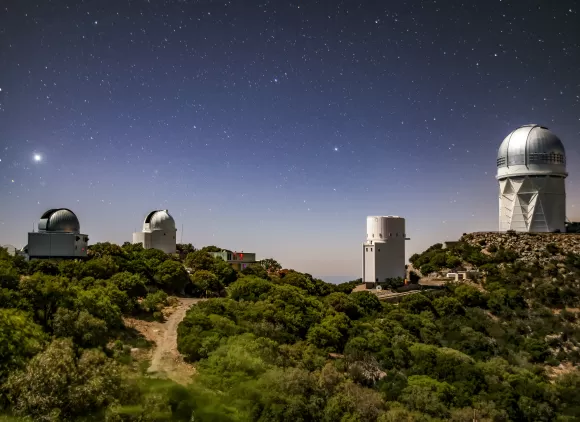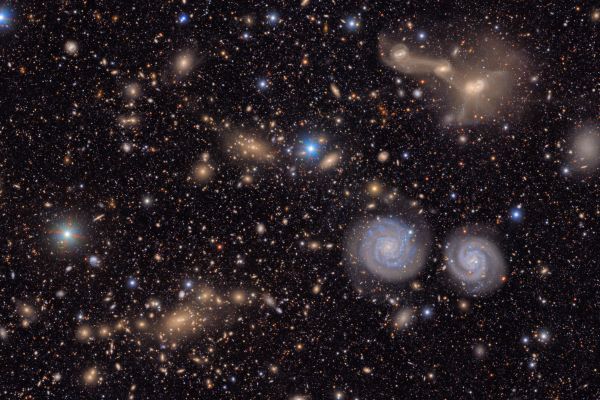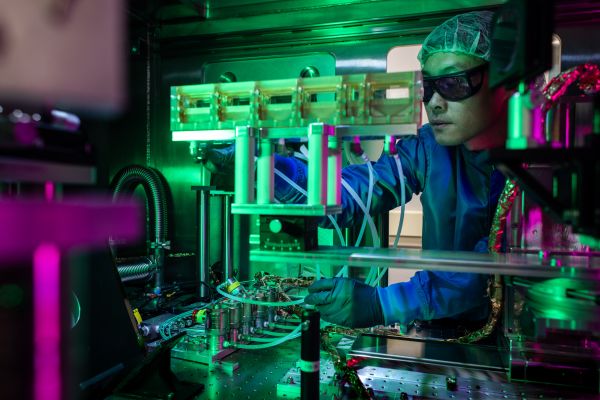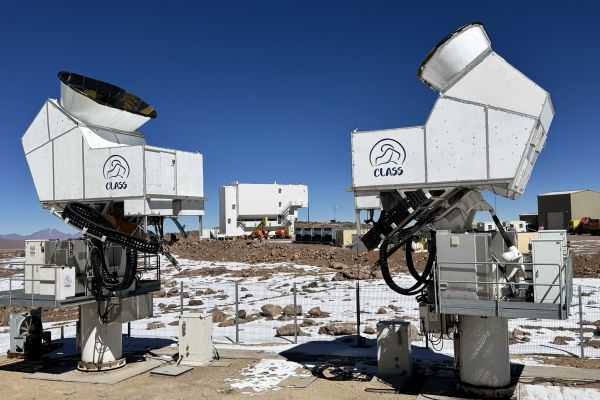We support cutting-edge research facilities and infrastructure that span the globe, from mountaintop observatories and ocean vessels to powerful electromagnets and supercomputers.
Every day, researchers use NSF's facilities and infrastructure to devise new materials for manufacturing and medicine, improve responses to natural catastrophes, understand weather and climate patterns, and explore extreme environments — from celestial bodies to the Earth's poles and ocean depths.
What we support

Enabling discovery and innovation
By providing state-of-the-art research facilities and infrastructure, we empower scientists and engineers to explore, experiment and discover new frontiers.

Addressing societal challenges
Our research facilities and infrastructure help researchers address societal challenges such as biosecurity, U.S. competitiveness, climate change, and socioeconomic and regional inequities.
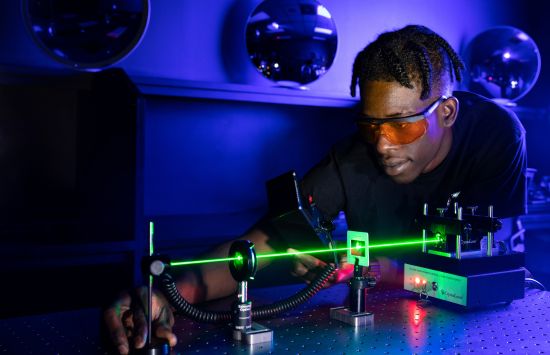
Enhancing training and workforce development
We provide access to research facilities and infrastructure across the U.S., ensuring the nation educates and maintains a skilled, diverse and forward-thinking science and engineering workforce.
Our major facilities
U.S. Academic Research Fleet
Featuring over a dozen research vessels ranging in size, endurance and capabilities, the U.S. Academic Research Fleet supports research on the structure, dynamics, chemistry and biology of the ocean.

U.S. Antarctic Program
NSF has managed the U.S. science presence across the Antarctic continent for more than 60 years. NSF-managed facilities and infrastructure there include:
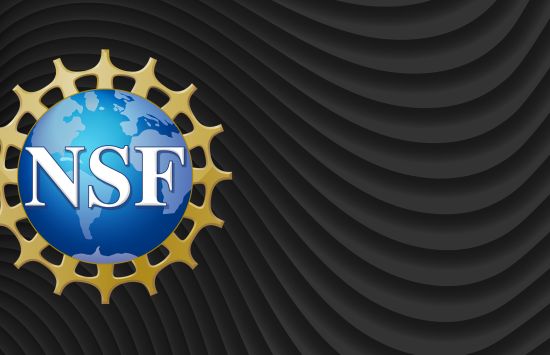
Geodetic Facility for the Advancement of Geosciences
GAGE is a distributed facility that enables a diverse research community to make advances in understanding Earth processes that would otherwise not be possible — providing broad access to geodetic instrumentation, field training and support, and data services.
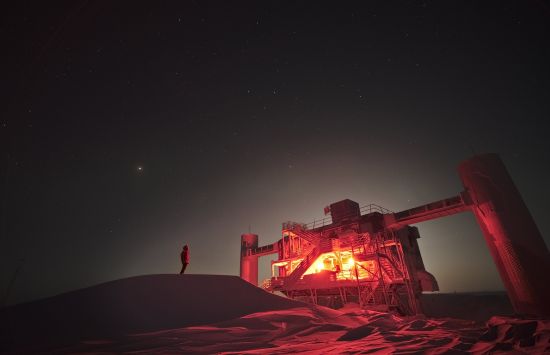
NSF IceCube Neutrino Observatory
NSF IceCube Neutrino Observatory is an enormous and unusual telescope: a grid of thousands of sensors embedded in a cubic kilometer of ice deep in the Antarctic ice sheet that allows it to detect tiny, elusive neutrinos — the least understood particles in the Standard Model of particle physics.

U.S. Sub-Seafloor Sampling Program
The S3P program (formerly the International Ocean Discovery Program, or IODP) marks NSF’s shift to a model of scientific ocean drilling that uses mission-specific drilling platforms and technologies to that allow researchers to explore the ocean basins and help researchers better study Earth’s evolution and structure.
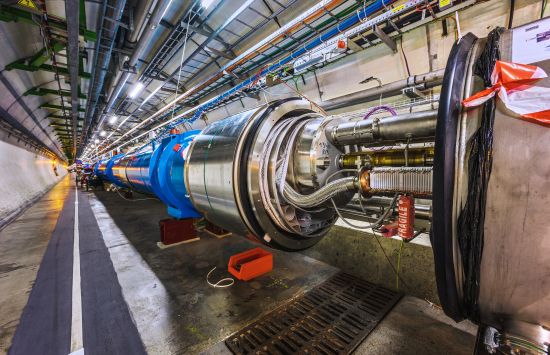
Large Hadron Collider
NSF supports two particle physics detectors — ATLAS and CMS — at the Large Hadron Collider in Switzerland. LHC is the most powerful particle accelerator ever constructed, making it the premier facility in the world for research in elementary particle physics.
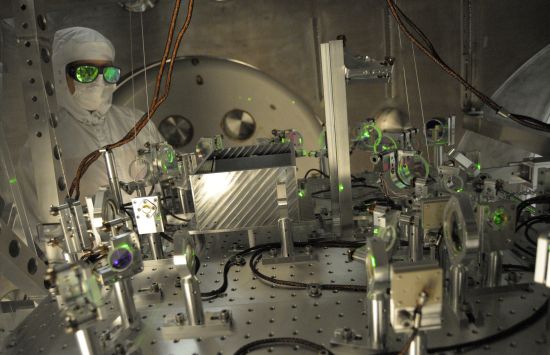
NSF Laser Interferometer Gravitational-Wave Observatory
NSF LIGO is the most sophisticated detector of its kind ever created. In 2015, mere days after its advanced instruments were switched on, NSF LIGO detected gravitational waves for the first time, confirming a major prediction of Albert Einstein's 1915 general theory of relativity.
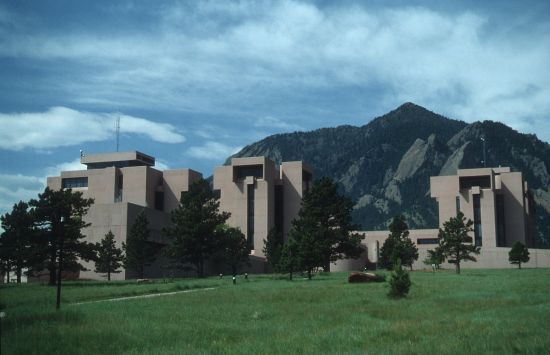
National Center for Atmospheric Research
NCAR provides world-class research programs, services and facilities that support research in atmospheric and geospace science, environmental sciences and geosciences.
NCAR's facilities include the NCAR-Wyoming Supercomputing Center, the Mauna Loa Solar Observatory, two research aircraft, a transportable ground-based radar system, and a suite of sophisticated weather and climate models.
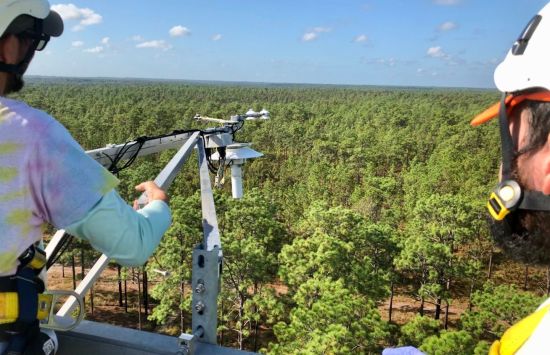
National Ecological Observatory Network
NEON is a continental-scale ecological observatory featuring cutting-edge sensor networks, instrumentation, observational sampling, natural history archive facilities and remote sensing. NEON enables research on the impacts of climate and land-use change, water use, and invasive species on the nation’s living ecosystems.

NSF National High Magnetic Field Laboratory
NSF MagLab is the largest and highest-powered magnet laboratory in the world, used by thousands of scientists to probe fundamental questions about materials, energy, life and the environment. It is an international leader in magnet design, development and construction, including the development of new superconducting materials.

NSF National Radio Astronomy Observatory
NSF NRAO designs, builds and operates state-of-the-art radio telescopes used by scientists from around the world. Its facilities include:

NSF National Solar Observatory
NSF NSO advances understanding of the sun — as a star, the heart of the solar system and the biggest external influence on life on Earth. It operates the new Daniel K. Inouye Solar Telescope: the largest, most powerful, solar telescope on Earth, which recently provided the most detailed images of the solar surface ever recorded.
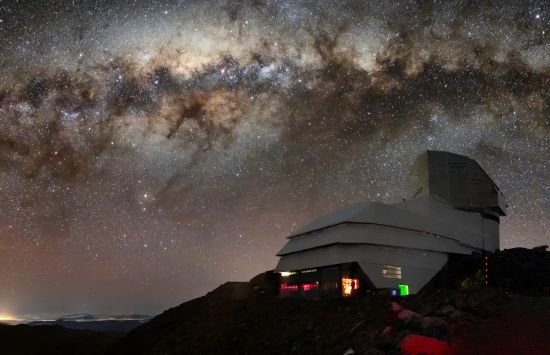
NSF NOIRLab
The NSF National Optical-Infrared Astronomy Research Laboratory is the nexus for U.S. ground-based, nighttime optical and infrared astronomy. Its observatories include:
Ocean Observatories Initiative
The Ocean Observatories Initiative features a network of instruments, undersea cables and moorings that span the Western Hemisphere. The network supports research on the physical, chemical, geological and biological processes occurring in coastal and regional areas across the globe.
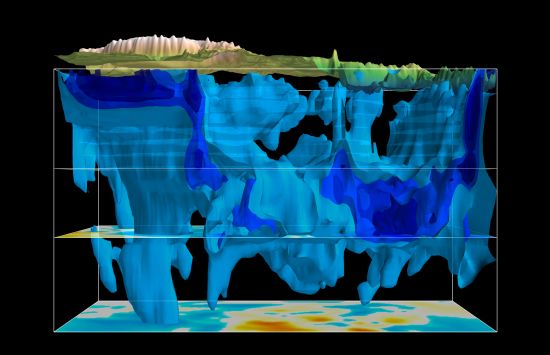
Seismological Facility for the Advancement of Geoscience
SAGE is a distributed national facility that develops and supports instrumentation for the earth sciences, earthquake research, global real-time earthquake monitoring, and nuclear test ban verification.
Featured news


